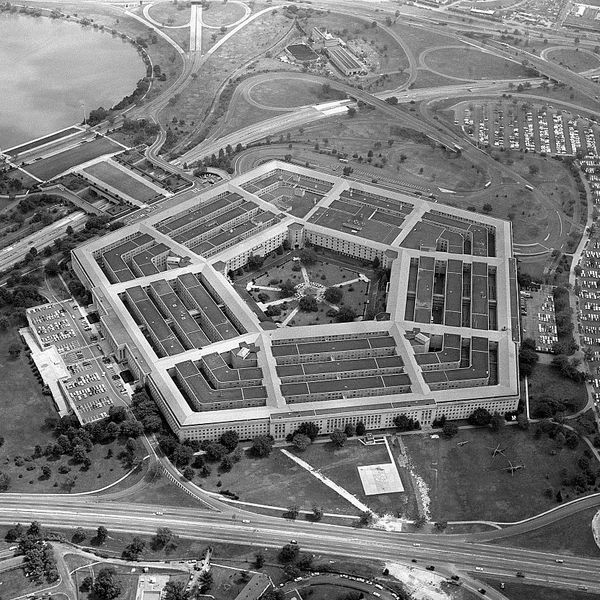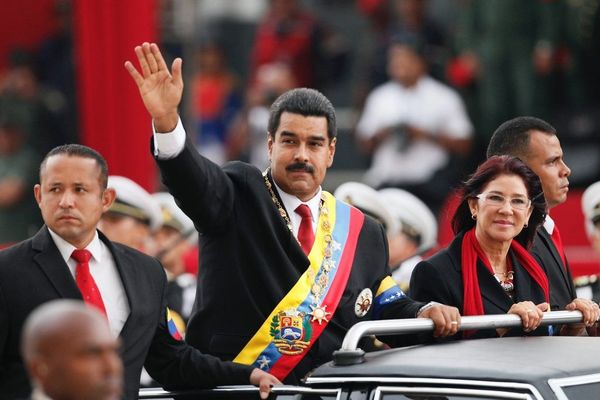The recent announcement of plans to keep 200 U.S. “peacekeepers” in Syria has been met with a mixture of relief and confusion. Relief, as the December announcement to withdraw U.S. forces from Syria was almost universally condemned by analysts and politicians, and confusion at the lack of detail that followed the announcement. Few specifics were offered at a 22 February White House press conference and since that time, praise for the decision has masked the simple question, “What will these peacekeepers do?”
If anything is certain, they will not be peacekeepers as defined in Chapter 7 of the UN charter, nor will they be peacekeepers as seen in UN operations around the world. It is equally certain that these troops are little more than a political concession by the White House to ongoing criticism of President Trump’s decision.
The decision to keep peacekeepers on the ground is also a message to foreign critics, ranging from the YPG to a host of countries that refused to offer military forces to fill the vacuum left behind by departing U.S. troops. Perhaps, goes the reasoning, if the U.S. retains a small number of troops in Syria, it will provide an incentive to other countries to contribute small numbers of forces. It also leaves (mostly) in place the significant logistical, intelligence and command and control architecture ranging from air support to tactical operational centers outside the country. It is unlikely the U.S. would significantly degrade support for the remaining forces and foreign contingents could fold into that support with relative ease.
Most importantly, the decision will persuade the YPG to continue the fight both before the final collapse of the ISIS caliphate and afterwards to ensure that “enduring defeat” is actually delivered. It also sends a message to Damascus, Moscow and Tehran that the U.S. will not forgo a seat in political negotiations nor forfeit its influence in a post-conflict.
Yet, while geo-strategic consideration and domestic political concerns are apparent, the troops on the ground are still waiting for a mission. They know they aren’t peacekeepers, as there is no peace to maintain. They know they are not there to conduct presence patrols, as 200 troops spread over 5000+ kilometers in northeastern Syria and near Tanf, are hardly enough to conduct patrols. At best, they are little more than a tripwire, a guarantee to U.S. critics, to potential allies and to adversaries that the U.S. is still engaged and willing to fight. As a wag recently put it, “the mission isn’t to provide presence, but to be present.” Yet in the words of a senior Turkish defense official, “The captains are confused.”
This confusion primarily comes from the tightrope the U.S. finds itself walking, trying to satisfy the demands of the YPG and Turkey. Allies to Washington and sworn enemies to each other, both are maneuvering to use the remaining U.S. presence to their own advantage. The YPG are the most blatant, offering to align themselves with the Syrian regime one day and threatening to release ISIS prisoners the next. The far cleverer of the two, the YPG, have transformed themselves from a movement linked to the PKK terrorist group seeking to win a homeland for a breakaway nation of Rojava, to valiant freedom-fighters protecting a nascent democracy in the middle of a war zone. Ankara, clever too, is seeking to use the U.S. presence to underwrite a 20-kilometer buffer zone along the Turkish-Syrian border, free of YPG forces. And sandwiched in between the two mortal enemies, is a thin slice of U.S. troops.
The near-term solution seems to rebrand that 20-kilometer buffer zone as a “Safe Zone”, which would physically separate the YPG and Turkish forces. In that proposal, discussed at the recent U.S.-Turkish meeting of defense ministers in Washington, this physical separation would permit all sides to work to prevent the resurgence of ISIS, provide for the national security concerns of Turkey, and persuade the YPG to continue fighting alongside the U.S. for the foreseeable future.
Yet, the tasks and conditions are no further along than argued in a Cipher Brief article from 16 January on what a safe zone in Syria would actually look like.
The purpose of the safe zone is not clear, the forces that are allowed in and forces that are forbidden from the safe zone are not specified, enforcement mechanisms are not agreed upon, the question of YPG sympathizers within a Turkish-controlled safe zone are not agreed upon, and Rules of Engagement for U.S. forces outside of self-defense, are murky.
There is still much to be decided upon before the safe zone proposal can move forward. The Turkish delegation walked away from the U.S. talks generally pleased, feeling for the first time that “all of the issues were laid out at the table”. There does seem to be momentum toward a mission for the U.S. forces, although the details are less tactical between forces and more diplomatic between capitals.
At this point, however, the universal criticism surrounding the U.S. withdrawal has been quelled. President Trump is being lauded on both sides of the aisle for his wisdom in “reversing his ill-considered decision.”
Yet for now, the captains are still confused. The situation for those captains resembles that of the old Texas Rangers. As the story goes, when the Rangers were asked to quell a riot in southern Texas, one Ranger came off the train. The exasperated town mayor asked where the others were and as those young captains must feel, the answer was, “One Riot, One Ranger.”
One can only hope those 200 troops have that same confidence.
Read more from Brigadier General Mark Kimmitt (Ret.) in The Cipher Brief















